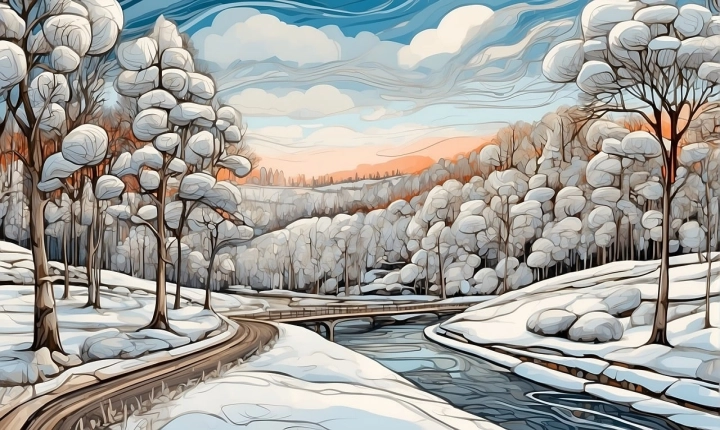AI Art: How Artificial Intelligence is Transforming the World of Creativity
Artificial Intelligence, or AI, has been making waves in many different industries, and the world of art is no exception. With the advent of AI art, machines are now creating unique pieces of art that challenge our understanding of creativity and expression. So what exactly is AI art, and how does it work?
AI art is created using advanced algorithms and machine learning techniques that enable computers to create and manipulate visual art. These algorithms can generate new images, manipulate existing ones, or even emulate the artistic style of famous painters. The process involves training the AI on a large dataset of images, and then allowing it to generate new artwork based on what it has learned.
One of the most common methods used in AI art is the use of Generative Adversarial Networks (GANs). GANs are a type of AI architecture that consists of two neural networks, a generator and a discriminator, that work together to create and evaluate images. The generator creates new images, while the discriminator evaluates them, providing feedback to the generator to improve its output. This back-and-forth process continues until the generator is able to create images that are indistinguishable from those created by humans.
Another method used in AI art is style transfer, which involves applying the artistic style of one image to another. This allows the AI to create new artwork that mimics the style of famous artists, such as Van Gogh or Picasso, or even to combine different artistic styles in a single image.
AI art is also revolutionizing the way artists work, providing them with new tools and techniques to express their creativity. Many artists are now using AI to automate the repetitive aspects of their work, such as generating background textures or creating variations of their designs. This allows them to focus on the more creative aspects of their work, while letting the AI handle the technical details.
In addition, AI art is also challenging our preconceived notions of what it means to be creative. The ability of machines to create compelling and emotional artwork raises questions about the nature of creativity and the role of an artist. Some argue that AI art is simply a tool that extends the capabilities of human artists, while others believe that it represents a new form of creativity that is distinct from human artistic expression.
However, AI art also raises ethical and legal concerns, such as the ownership and copyright of artworks created by AI. Who owns the rights to a piece of art created by a machine? Can AI be considered an artist in its own right? These questions have yet to be fully answered, and as AI art continues to evolve, they will become increasingly important.
In conclusion, AI art represents a new frontier in the world of creativity, challenging our understanding of what it means to create and appreciate art. With the ability to generate new images, mimic artistic styles, and assist human artists in their work, AI is transforming the art world in profound ways. As the technology continues to advance, AI art will undoubtedly play an increasingly prominent role in shaping the future of artistic expression.
